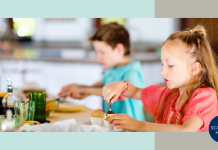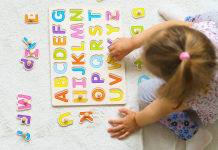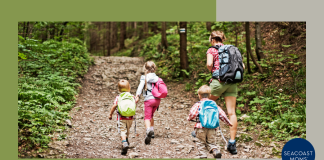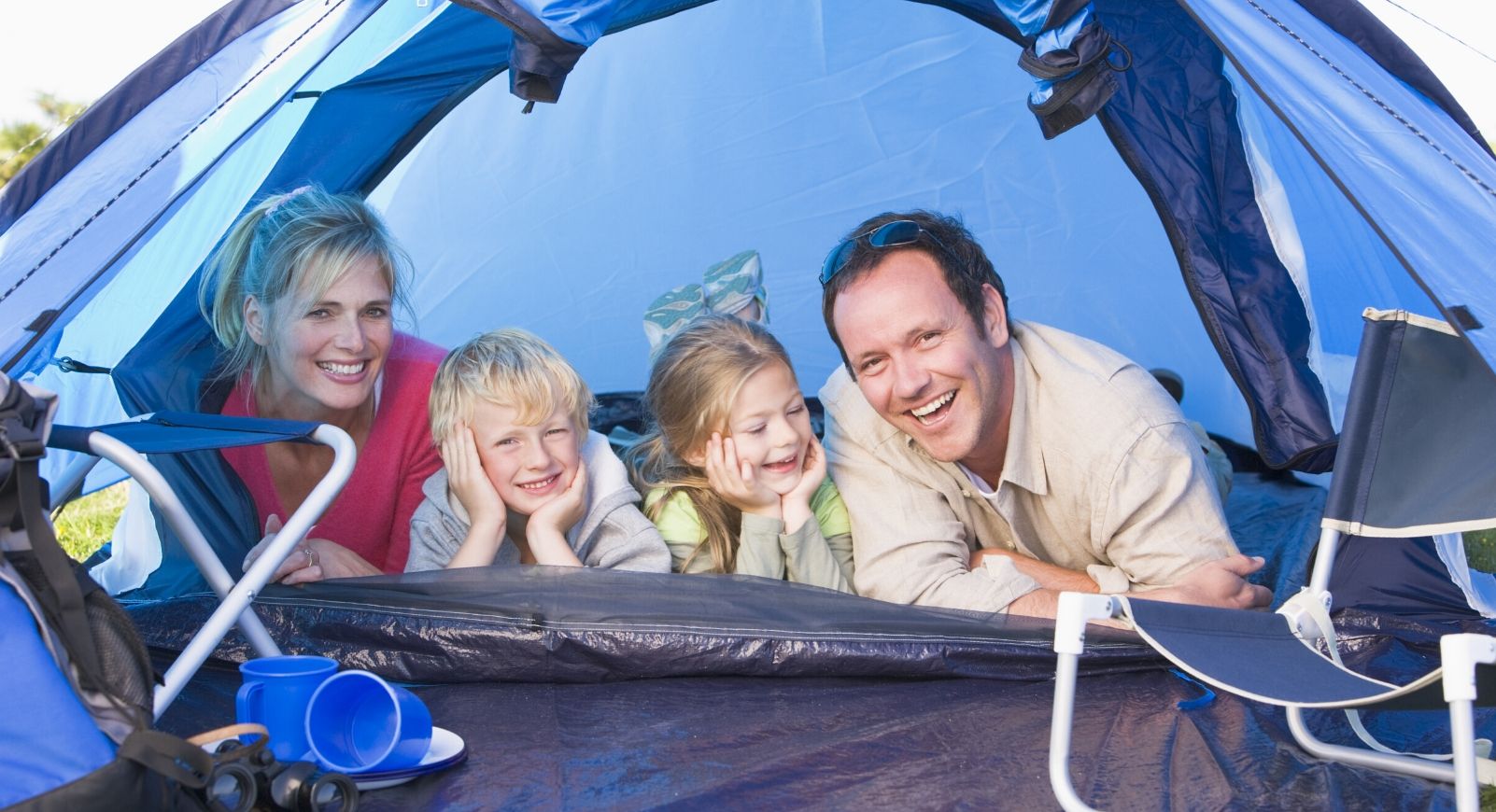As parents, we spend endless amounts of time worrying about the safety of our children. We seek to minimize risk and protect our kids from the cruelty of the world around us. But risk is not limited to the outside world. The hard truth is that often the people who harm children are not strangers lurking at school bus stops, but trusted members of our inner circles. In fact, according to RAINN, only 7% percent of perpetrators of sexual abuse against children are strangers. The remaining 93% of abusers are acquaintances and family members.
I was a child abuse investigator for over a decade and the fact of the matter is, this subject is taboo in normal conversations. But just because it’s uncomfortable, doesn’t mean we skip teaching safety habits for kids — even our youngest children.
Sexual abuse is a dark part of our society and can be an uncomfortable subject to broach in our own households. Many parents struggle to find the words to discuss these things with their children on a regular basis. Often we only talk about strangers and “good touch/bad touch”. Even more often, people depend on schools and teachers to provide safety training for their children, which limits their exposure to this information until they are school age. But as soon as your child has language, they can and need to be talking about their bodies. This means these are conversations that should be happening in some form by the age of 2. It’s never too early or too late to start this dialogue and please do it sooner than later. I’ve watched kids as young as 3 become critical parts of their own investigations because they had such a good grasp of proper language. It’s an amazing and empowering thing to witness.
These are 3 healthy body safety habits for toddlers I work on right now with my 2 year old:
1. Use proper words for body parts.
We teach our kids the correct words for everything else, right? Eyes are eyes. Lips are lips. Knees are knees. Vaginas are vaginas and penises are penises. I totally understand it can feel a little weird at first to use these words while looking at their cute little faces. But believe me when I say it is an invaluable tool for their overall body awareness and safety. Yes, through the use of anatomy identification during an interview, a trained professional will be able to discern what a child means if they use the word “cookie” instead of “vagina” but why? Your child needs to be able to identify their own body parts as soon as possible for the simple purpose of being able to get help when needed.
This is a tool not limited just to the scope of sexual abuse. If your daughter sprained her ankle at school, would you want a teacher to have to figure out what she meant because she called it her “special place?” No, of course not. If you have discomfort talking about body parts, your child will have discomfort as well and this creates a potential to perpetuate an abusive situation. There are only so many things we can control in this world and this is a wonderful way to empower yourself and your child at a very early age.
2. Don’t use the word “secret”.
It may sound drastic but we don’t allow the word “secret” in our house. The old saying “secrets secrets are no fun, secrets secrets hurt someone” doesn’t just refer to playground banter. By definition, a secret is “something that is kept or meant to be kept unknown to others”. Perpetrators of sexual abuse use secrets to keep their behavior between them and the child they are hurting. So keeping a secret, even about things as simple as birthday presents, is simply a no-no.
But don’t worry, there’s an equally simple solution: use the word surprise! A present for daddy’s birthday can be surprise because eventually, daddy will know what it is. And that is the difference between a surprise and a secret: surprises are meant to be shared with others. Teach your kids that secrets are not okay at home and it will stand out to them if and when an adult attempts to use that word with them.
3. Give politeness a rest.
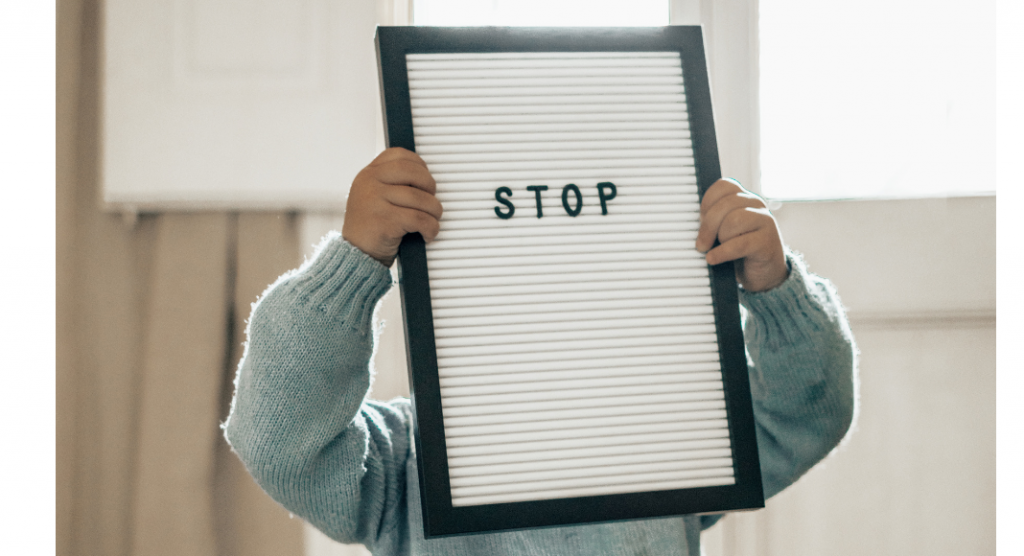 I think there’s been a positive movement in listening to kids when it comes to their personal space and bodies. In my house, when it comes to touches, we take “no” and “stop it” seriously. I further encourage parents to ease up on the use of “no thank you” when it comes to unwanted touches. There’s a social responsibility to encourage politeness in children. Yet, when it comes to our bodies, we all need a voice that is strong and unapologetic. As an adult, being groped would not be met with a thank you. Children have the same right to be heard loud and clear.
I think there’s been a positive movement in listening to kids when it comes to their personal space and bodies. In my house, when it comes to touches, we take “no” and “stop it” seriously. I further encourage parents to ease up on the use of “no thank you” when it comes to unwanted touches. There’s a social responsibility to encourage politeness in children. Yet, when it comes to our bodies, we all need a voice that is strong and unapologetic. As an adult, being groped would not be met with a thank you. Children have the same right to be heard loud and clear.
Teaching a child that they have to be polite while protecting themselves from discomfort is contradictory and confusing. On the flip side, teaching them to use strong voices to stop unwanted touches, even from loved ones, gives them confidence they need to use the same voice with strangers. “No means No” starts early for both boys and girls alike. Additionally, that extends to whatever form of “no” they choose to create their space with. Empower this within them!
So that’s how we start these conversations to build body safety habits for toddlers.
It’s possible even with the smallest around us. And just like every good thing, these talks take practice to master. There are opportunities in our every day to have these conversations. For me, the easiest is bath time when I’m helping my child get dressed. But that doesn’t have to be the same for your family. These conversations shift and grow just as our little ones do. Soon, we’ll have to have safety talks about other things like sex, drugs and guns (gahh!). Our babies are sponges and the payoffs of these simple exercises in language and communication are enormous. Not only will your child slowly but surely develop important ways to express themselves, but you will empower yourself as a parent to have a steady dialogue with your kid that can expand on itself through the years.


